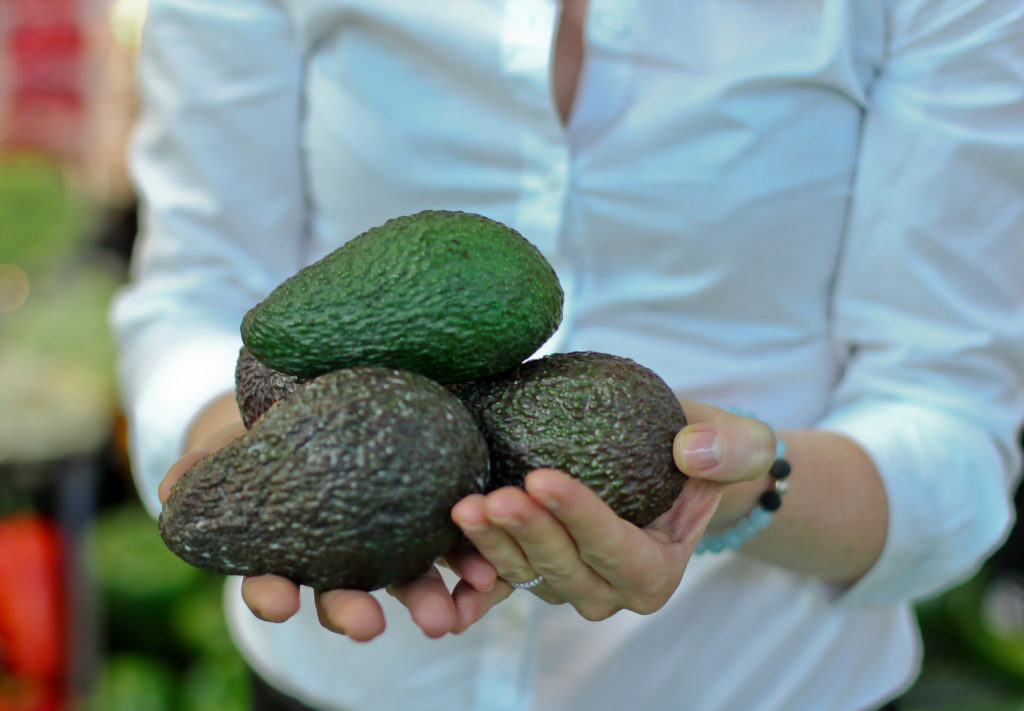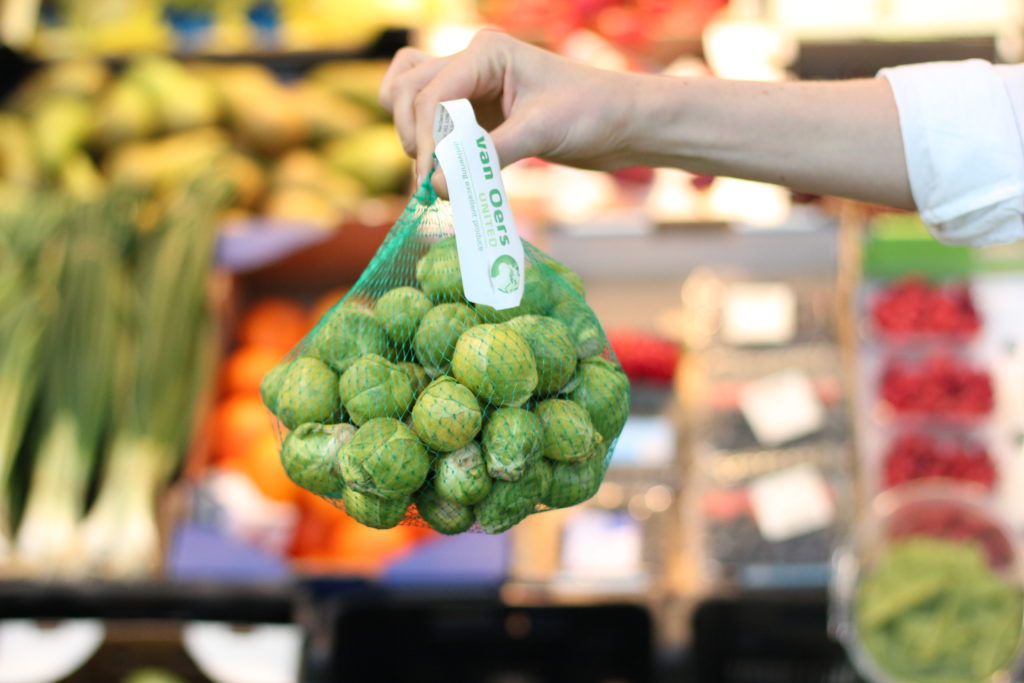Fiber is an essential part of any healthy diet. Its benefits to our body are enormous, from the formation of intestinal microflora to lowering cholesterol and preventing strokes. But in what quantity and from what sources is it best to include fiber in your diet?
What do we need fiber for?
There are three types of fiber that are essential to our health:
Insoluble fiber is responsible for stool formation, helps maintain regular bowel function, satiates and speeds the passage of food through the gastrointestinal tract.
Soluble fiber acts as a prebiotic, supporting the growth of beneficial bacteria and the overall health of the digestive system. They regulate cholesterol and blood sugar levels. In addition, soluble fiber slows the passage of food through the gastrointestinal tract, promoting satiety.
Persistent starch acts like fiber because this type of starch is not digested. It maintains the bacterial health of the gut, helps regulate glucose absorption, increases insulin sensitivity, and increases feelings of satiety.
When we don't get enough fiber, the following problems can develop:
constipation,
anal fissures and hemorrhoids,
blood sugar spikes,
unhealthy cholesterol levels,
sluggish digestive system,
bloating and flatulence,
exacerbated feelings of hunger.
The best sources of fiber
It's quite common to think that you need to eat a lot of bread, breakfast cereals and pasta to get the right amount of fiber. However, these are not the best sources. Did you know that just one pear contains 6 grams of fiber, half an avocado contains 6.5 grams, while a couple of slices of whole-grain bread contains 4 grams and one serving of bran contains 5-7 grams? That said, fruits and vegetables are not only useful because they are rich in fiber-they are full of phytonutrients and antioxidants.
It is believed that adults should get 25-30 grams of fiber a day. And here are its best sources to include in your diet.
Lentils
Half a cup is 8 grams of fiber.
It is an excellent plant-based source of iron and is a great addition to any meal.
White beans
Half cup - 9.5 grams of fiber
This incredibly tasty bean goes well with many ingredients and can be used in soups, salads, appetizers, as a main dish or side dish.
Black beans
Half a cup - 7.5 grams of fiber
Like lentils and other legumes, beans help you lose weight and fight cancer.
Raspberries
1 cup - 8 grams of fiber
Berries are delicious and a great source of vitamins and antioxidants. Smoothies, salads and other berry dishes are great options for healthy desserts.
Artichokes
1 medium artichoke - 10 grams of fiber
Artichokes are among the best sources of fiber in the plant kingdom, and cooking them is surprisingly easy. Try, for example, this recipe for artichokes baked with garlic and lemon.
Avocado
Half a medium avocado - 6.5 grams of fiber
Avocados are a real superfood and a source of essential unsaturated fatty acids. Avocados are easy to incorporate into a healthy diet, and my mobile app has some easy recipes: salads, snacks and breakfasts with avocados.

Pear
1 medium pear - 6 grams of fiber
Pears are a very tasty addition to juices, smoothies and favorite salads. So are apples and oranges, which each contain 4 grams of fiber.
Chard
1 cup of cooked chard - 4 grams of fiber
Chard is one of the most nutritious foods in the world . This tasty dark green leafy vegetable can be added to many dishes and juices. By the way, cooked leafy kale contains 5 grams of fiber, spinach and beet greens have 4 grams each, and kale has 3 grams.
Brussels sprouts.
1 cup Brussels sprouts - 6 grams of fiber
Brussels sprouts (my favorite kale) are one of those foods that people often turn their nose up at. But when it's cooked right, it's truly delicious! Try, for example, this simple recipe for Brussels sprouts with garlic. Other high-fiber cruciferous vegetables include broccoli (5 grams per serving) and cauliflower (4 grams). By the way, cabbage is a treasure trove of antioxidants, so it is considered one of the healthiest foods.

Almonds
30 grams of almonds - 3 grams of fiber
Almonds and other nuts contain 2-4 grams of fiber per serving. Everyone can afford a small handful of nuts a day. After all, they are a great source of healthy fats, vitamins and minerals.
Chia seeds
1 tablespoon of chia seeds - 6 grams of fiber
Chia seeds are another superfood. These seeds, thanks to their ability to turn into a gel-like substance, can be the basis of healthy and nutritious desserts. Other seeds are also an excellent source of fiber, such as flaxseeds (2 grams per tablespoon) or sesame seeds (a quarter cup contains 4 grams).



You must be logged in to post a comment.